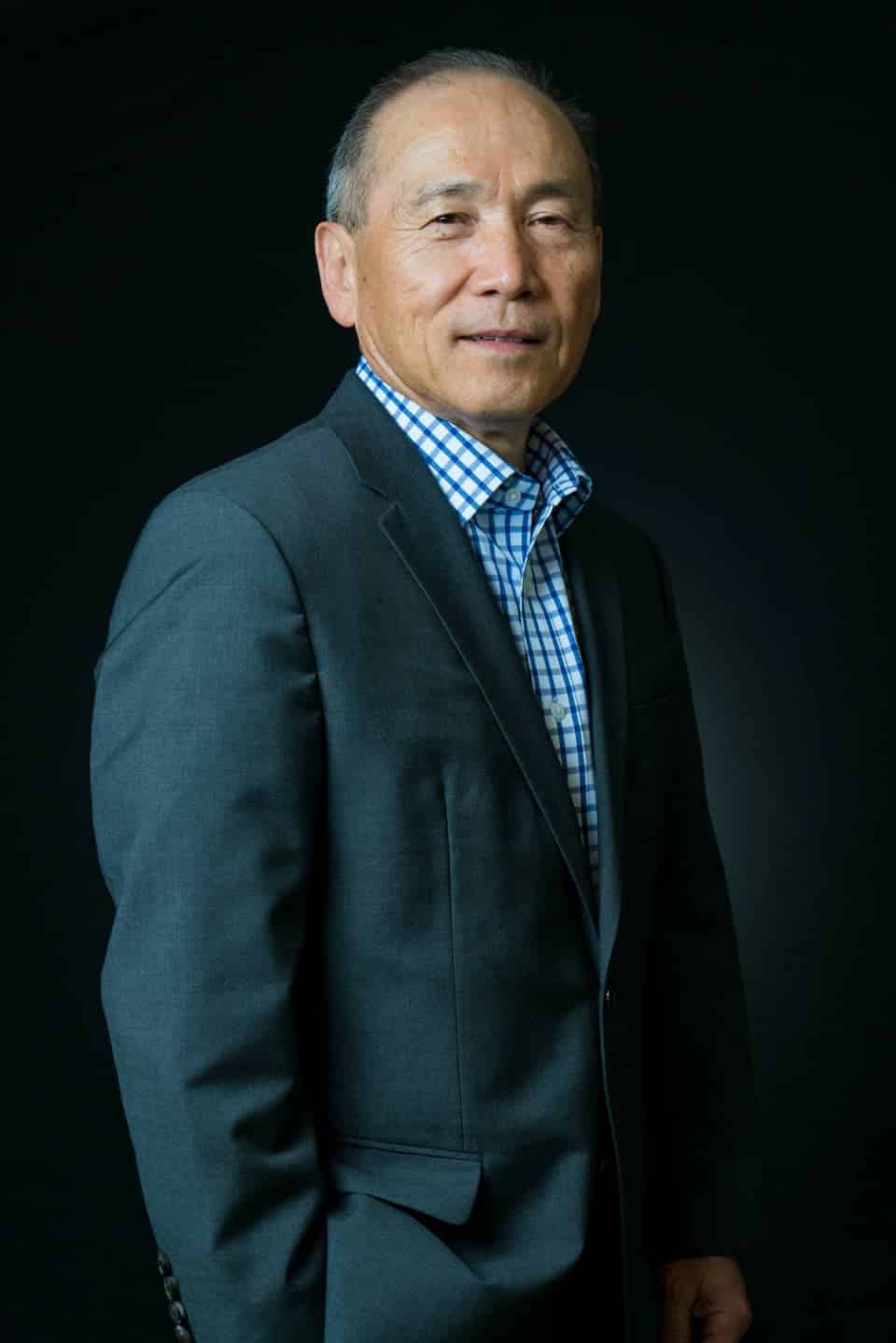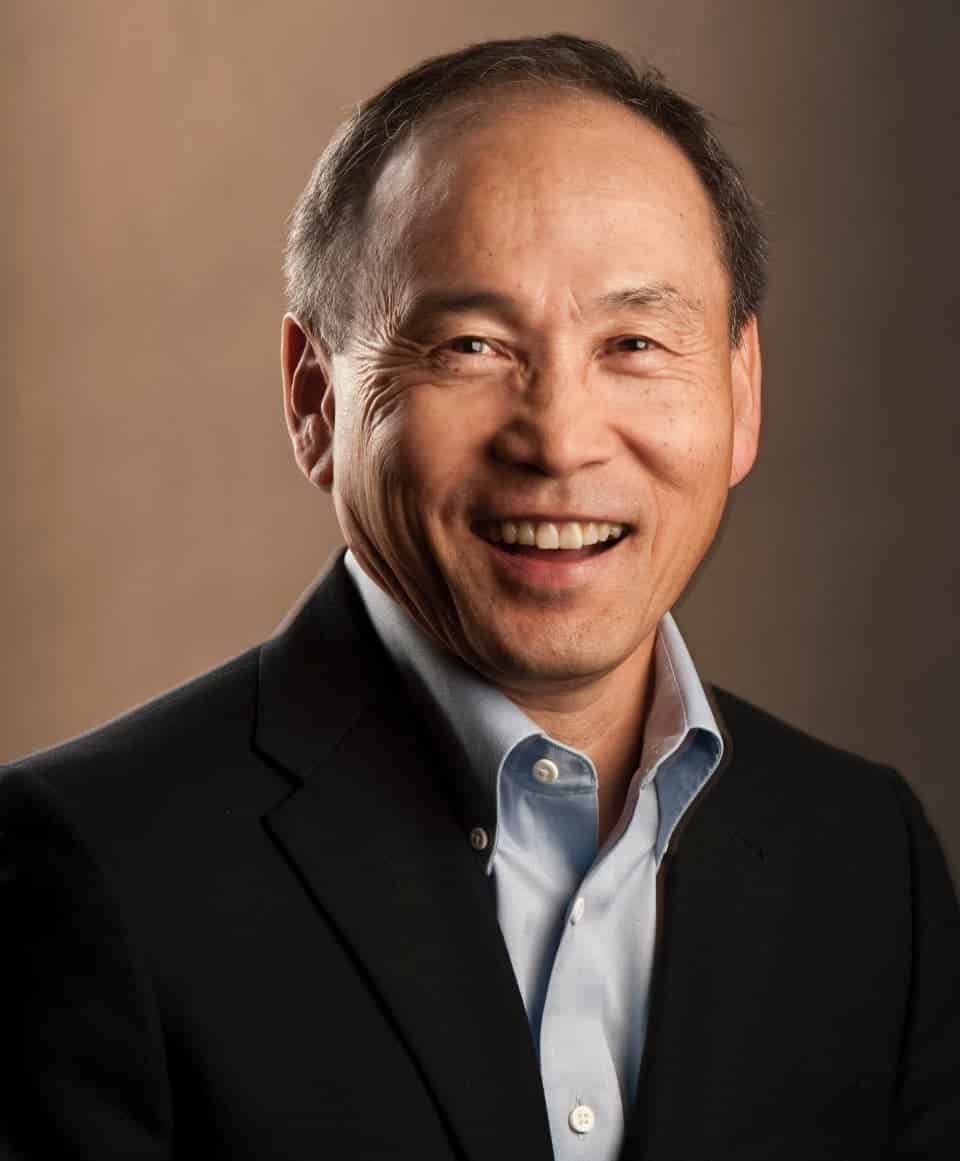Finding Opportunity in a Period of Instability: How enterprises can adapt to evolutionary change—and thrive

In evolutionary biology, there is the notion of punctuated equilibrium, which hypothesizes that “evolutionary development is marked by isolated episodes of rapid speciation between long periods of little or no change.” In simple terms, change is not continuous but rather something that occurs in abrupt increments after a period of stability. Given the current circumstances regarding the coronavirus, I would suggest we are in the middle of one of those abrupt increments now.
Inarguably, we are living in an unprecedented challenging time, perhaps more disruptive than the two world wars of the 20th century. I do believe, however, that with the proper perspective and logical, sound decision making, there exists an opportunity for those in many industries—the technology sector in particular—to rise to the occasion.
The fundamentals in managing our businesses revolve around some general principles, which include understanding the impact of current events on our enterprises—to the extent possible—and projecting the various outcomes. Outside of the organization, governing bodies will undoubtedly define boundaries for public practices in a range of activities including:
- Sheltering in place
- Remote working
- Non-essential travel in any form of transportation but focused mainly on air travel due to the potential impact on collateral businesses
One key unknown, however, is whether this is a temporary event, or something that will lead to permanent fundamental changes in the way we work and the way we live. It may have more lasting impact on enterprises than we can imagine at this point, but we are already seeing work changes to adapt to existing conditions. Consider the extensive use of phone and video conferencing, VPN usage surpassing initial capacities and IT departments responding. Then there are concerns with data security and working remotely, as well as capacity consumption across residential communication networks in patterns not seen before. The same applies to mobile networks.
Related to above, one can see potential outcomes that may result in:
- The need for increasing mobile data speed and capacity, as flexibility in location by users becomes more in demand.
- The use of video conferencing or virtual conferencing tools to substitute for the reduction of travel for meetings—with a ripple effect felt by hotels, restaurants, transportation, etc.—all of which may usher in new ways to virtually engage and cut enterprise operating costs.
- The rise of VR conferencing tools, which could offer a more immersive experience to supplant a physical meeting. One could almost identify the current crisis as the stimulus that VR may have needed to begin its broad acceptance. Again, the potential of a new normal.
- A reduced need for dedicated office space. Some industries will continue to require an office environment to process physical items, but many offices already work in the digital domain and can be virtual. This could also have a positive impact on operating costs.
- Better data security requirements, as a distributed workforce is not protected within a closed data system environment.
- The reduction of actual bandwidth consumption if technologies such as VR, which may offer more usage efficiency, are utilized for conferencing. Over time, businesses can expect the richness of experience to increase bandwidth usage even further.
- The need for much broader, low-latency, high-speed, high-capacity circuits for fixed and mobile applications. Considering that employees obtain excellent data performance in the office and want the same at remote locations, there have been instances where the demand for video conferencing has mandated that the video part be truncated in order to maintain voice quality. Technologies such as 5G will support this demand, but the networks to support 5G will require proper architectural elements to make this possible. Further, the coverage will need to be much broader than urban areas given the distributed nature of mobile data demand that is the new normal.
There are many more potential outcomes that could be predicted. The point of note for those managing technology enterprises is to focus on examining the environmental factors influencing the business and the employees, then determining the specific actions that can be taken to make the most of this punctuated equilibrium event. As commonly stated, “Look ahead of the hockey puck.”
In the current climate, it is clear that the puck is moving fast—no doubt about it. But the question remains: What will you do next? As a CEO, looking to your employees is a good start. They need your support, but more importantly, you need their ideas and innovation. During the most demanding of times, strong teams will persevere and innovate better. There is opportunity for a company to appreciate new opportunities that arise when a punctuated equilibrium event occurs, as there will be changes in what is needed in products and services. Those new needs, however, may require new business models and processes. And the enterprise that gets ahead of new needs will come out of this crisis with great positioning for the next growth phase.
In other words, it’s time to emerge from the panic stage and make lemonade out of lemons.
—— Written by Barry A. Matsumori.
Bring the best of the CEOWORLD magazine's global journalism to audiences in the United States and around the world. - Add CEOWORLD magazine to your Google News feed.
Follow CEOWORLD magazine headlines on: Google News, LinkedIn, Twitter, and Facebook.
Copyright 2025 The CEOWORLD magazine. All rights reserved. This material (and any extract from it) must not be copied, redistributed or placed on any website, without CEOWORLD magazine' prior written consent. For media queries, please contact: info@ceoworld.biz










